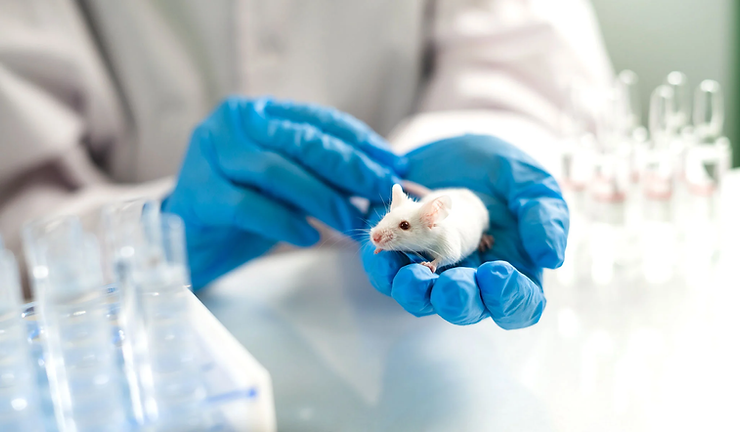By: Claire Cao
This week, a major scientific breakthrough occurred in a tiny petri dish under a microscope. Scientists in Israel created mice embryos completely from scratch – without a sperm, egg, or womb.
Scientists from the Weizmann Institute of Science created synthetic mice embryos that survived 8 days in the lab. These embryos were almost identical to the real thing, and each embryo showed signs of fully functioning organs including beating hearts, blood circulation, folded brain tissue and intestinal tracts.
This incredible success is a game changer in embryonic science and can lead to infinite possibilities. The Weizmann scientists are using these synthetic mice embryos as a model to possibly curate human organs in a lab. Studying how embryos form their organs can give scientists a clue as to how they can make synthetic organisms for medical usage. This means that doctors could create fully functioning, healthy, and stable organs for patients in need without needing an organ donor.
However, embryo testing and studies have always been at the center of controversy and ethical debates. Many are questioning whether these lab-made embryos should be protected by the laws that current embryos are under, or whether a whole new set of guidelines should be created.
Scientists at the Weizmann Institute confirmed that during this process these embryos were not implanted in a real mouse and were for solely scientific research purposes only. Jacob Hanna, a stem cell biologist who worked on this project stresses that these synthetic embryo experiments are not aimed to replace reproduction and are instead used for observation and potential future medical purposes.
Although this is a major first step, scientists still have a long way to go before stem cell technologies are fully developed and implemented. These synthetic embryos might be close to the original, but they still have a few differences. In addition, creating organs in a lab will prove to be quite the challenge for biologists. However, having a model to analyze and further study will be the first step in this field.
Source:https://s3.amazonaws.com/appforest_uf/f1659884260995x816740300926013400/Scientists%20create%20synthetic%20mouse%20embryos%2C%20a%20potential%20key%20to%20healing%20humans%20-%20The%20Washington%20Post.pdf











